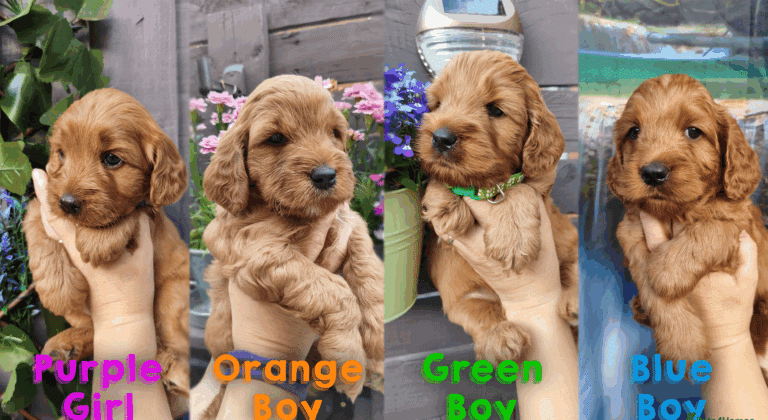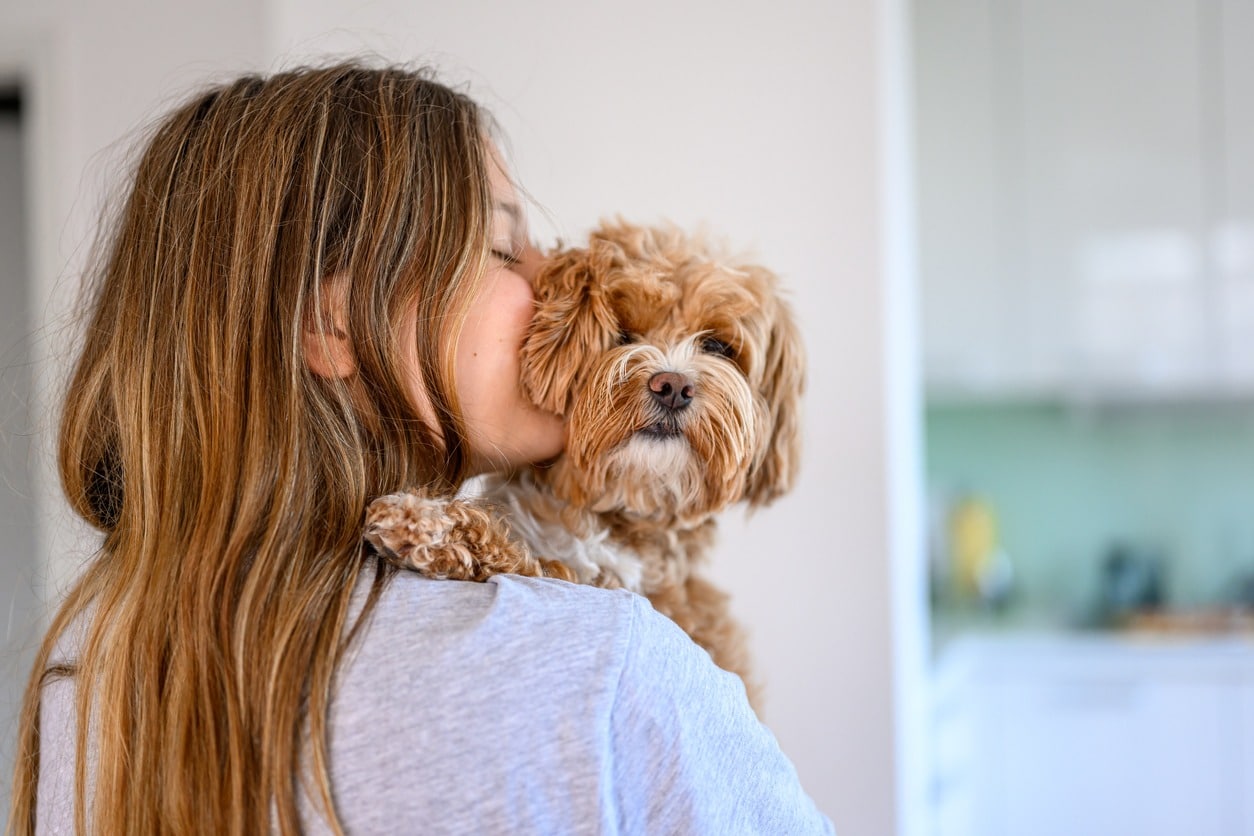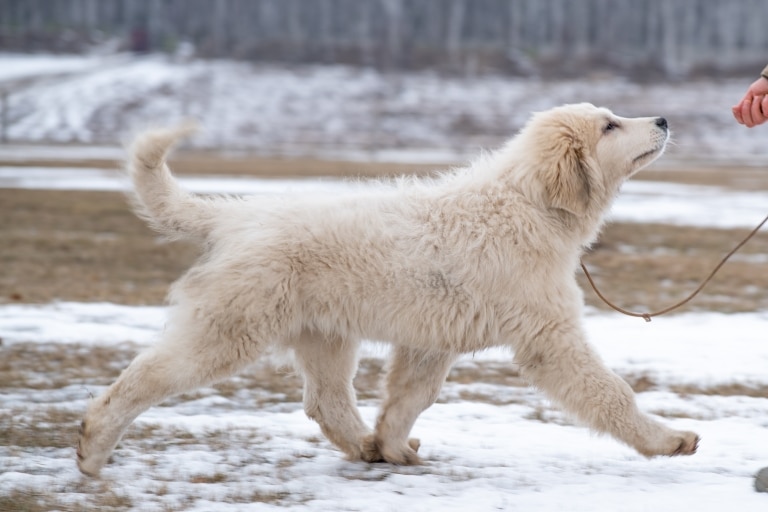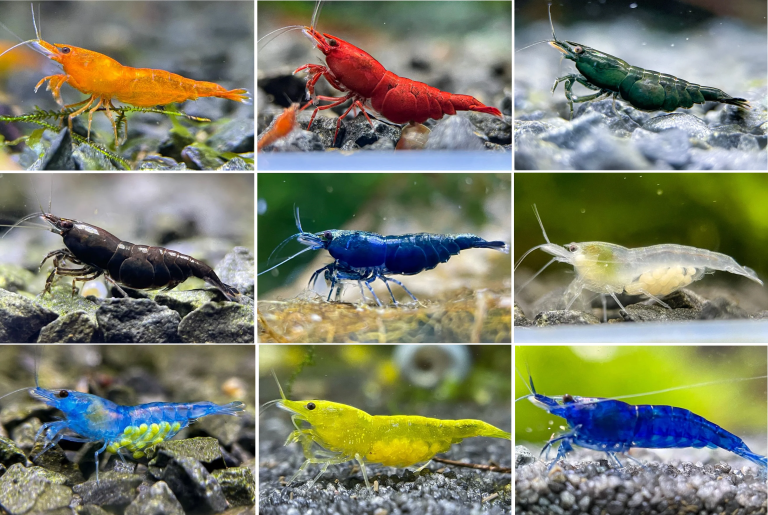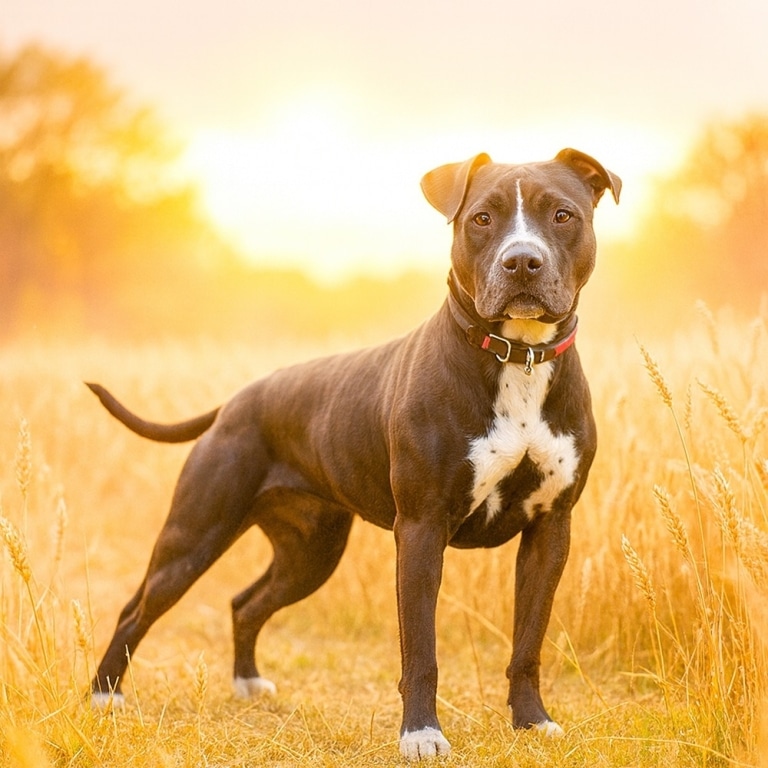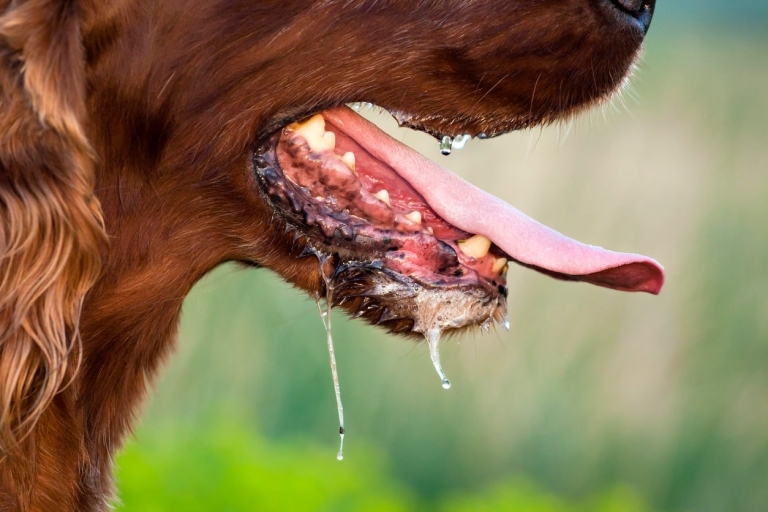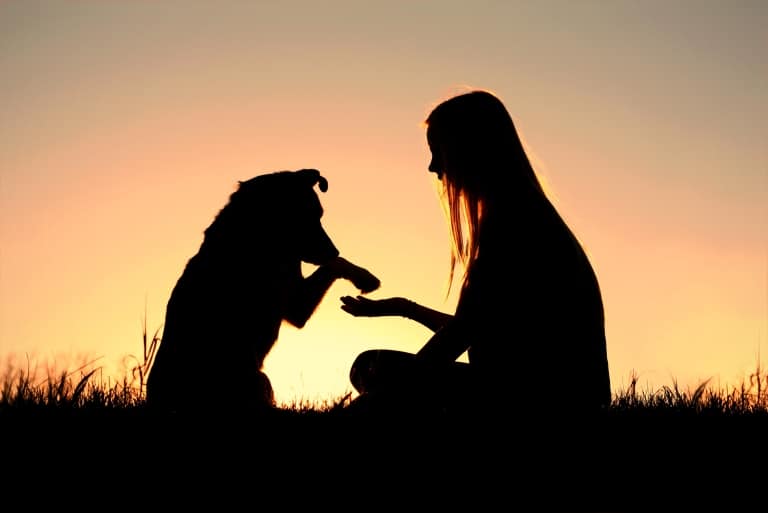These days, it’s increasingly common to find dogs with original names: cockapoo, maltipoo, pomsky, schnipoo, and dozens if not hundreds of other mixes. They have cute looks, atypical character, attractive origin story – and it seems that these are ideal pets. But is it really all that rosy? And does crossbreeding always lead to healthy and happy puppies?
Hybrid strength: what are the advantages of mixes
One of the main benefits of mixes is a phenomenon known as hybrid vigor (heterosis). This is a biological process where offspring from two different breeds inherit the strengths of both lines and are less likely to get typical breed-specific genetic diseases. For example, purebred bulldogs often have breathing problems due to their shortened muzzle, and poodles have a risk of epilepsy. Their hybrid can get a healthier respiratory system and avoid neurological disorders if the genetics work out in its favor.
In many cases, these mixes actually have better health, good immunity, and less need for medical intervention at a young age. In addition, due to the mixed genetic set they have an interesting appearance: non-standard color, mix of forms of the muzzle, ears or hair – all this adds to their popularity among owners.
The downside of mestizos: why not everything is so simple
But despite the pros, Mestizos aren’t always “healthier dogs.” This is a big oversimplification that is often untrue. If two breeds that share common or compatible genetic diseases are crossed, it’s quite possible that the puppies will inherit them. What’s more, sometimes the combination of different breeds will result in new, unexpected problems, whether organ, nervous system or behavioral. Within the same litter, puppies can be completely different: some are strong and hardy, while others are weak and developmentally challenged. It is especially risky to cross breeds with very different skeletal types, sizes, coat types or temperaments. For example, trying to cross an ornamental dog with a hound or hunter may give uncontrollable instincts or constant excitability. And if the two parents had joint or heart problems, these diseases have a high chance of appearing in the offspring as well.
Not all puppies are the same: there are sick litters
Another important point is that even with a good breed combination and a well-maintained mom-dog, you can’t guarantee that all the puppies in a litter will be healthy. Within a single litter, there can be fully viable babies as well as weaker or even sickly babies. The genetic lottery is unpredictable, and even the best breeders encounter cases where some of the puppies have physical or mental abnormalities. Often such puppies need additional care, surgeries or become unsuitable for further breeding.
In addition to genetics, the conditions in which the pregnancy took place are of great importance. Lack of vitamins, stress, infections or poor nutrition of the mother during pregnancy can negatively affect the development of the puppies. This is why even the best mixes have weak individuals.
When crossbreeding becomes dangerous
The greatest risk occurs when crossbreeding occurs without proper supervision. Often owners are unprofessional in their selection of parents – for example, they just want cute puppies and don’t think about health, genetic tests or temperament compatibility. This results in animals with problem behaviors, birth defects or increased aggression. This can lead to difficult parenting, traumatic situations, and even euthanization of animals that have not been able to adapt to life with humans.
It is also important to realize that some breeds have different types of grooming – for example, one breed needs constant combing, another needs a haircut, and another has very sensitive skin. Crossbreeding them can produce offspring with unpredictable coats and skin problems or allergies that are difficult to treat.
Conclusion
Mestizos are not always a healthy alternative to purebred dogs. Their quality does not depend on the fact of mixing breeds, but on the knowledge, responsibility and experience of the person who crosses them. If the process is approached competently – you can get a healthy, unique dog. But if everything is done thoughtlessly or accidentally, the risks increase, and future owners may face serious problems.

